Rainy Day Fly Fishing: A Comprehensive Guide
Fly fishing is a serene outdoor pastime cherished by many but pursued by few. Every angler’s experience is distinct and influenced by a range of factors, including the weather. Rainfall, once considered a non-favorable fishing condition, has started to pique the curiosity of anglers for the unique opportunities it presents. In this context, we’re focusing on three important aspects: appropriate gear selection, the effect of rain on fish behavior, and safety considerations while fly fishing in the rain.
Gear selection for fly fishing in the rain
Gear Selection for Fly Fishing in the Rain
Rainy conditions call for specific types of gear for efficient and enjoyable fly fishing expeditions. The gear selection process should focus on efficient water-resistant equipment, comfortable clothing options, and adapted types of rods and reels. A comprehensive kit for fly fishing in the rain should ideally contain weatherproof clothing, wet-rated fishing rods, reels, and accessories.
Weatherproof Clothing
One of the most critical considerations when gearing up for fly fishing in the rain is selecting the right type of clothing. Waterproof and quick-drying clothes are primary requirements to keep you dry, warm, and comfortable while fishing in wet weather. A heavy-duty, waterproof fishing jacket and rain pants are must-haves to protect against the rain and wind.
Fishing Rain Jacket
When choosing a rain jacket, consider one with a sturdy hood and sealed seams to prevent water seepage. Under your outer layer, wear synthetics or wool, which both wick away moisture and retain heat even when wet.
Here are some fishing rain jackets we like:
Rain Pants or Waders
Rain pants with sealable pockets are also beneficial, as they provide storage for small tools without the risk of water exposure. If you already have fishing waders, they can be combined with a rain jacket like those above to protect you from the elements and keep you dry. PVC waders are better suited to keep you dry than neoprene waders when fly fishing in the rain.
Here are some rain pants and waders we like:
Wading Boots
Consider investing in a pair of wading boots to keep your feet dry. Remember, wet feet can become uncomfortable fairly quickly, drastically reducing your fishing experience. While amazing to have on hand for wet weather fishing, you’ll find your wading boots come in handy for fishing in all types of weather and terrain.
Here are some wading boots we like:
Fly Fishing Rods and Reels
Gearing up for a rain-soaked fly fishing expedition also requires being equipped with the right kind of fishing rods and reels. Conventional wisdom among anglers suggests that a fast-action rod is best for wet weather fishing. These rods are less affected by water-weighted line and are ideally suited for larger rivers, where you could encounter large fish or fast currents.
Here are some saltwater-rated fly rods we like:
The reel, on the other hand, should be chosen for its durability and capability of handling rain-soaked lines. Saltwater reels, for example, which are designed to resist corrosion, work well because they are also great in protecting against the water accumulation that can occur during rainy fishing sessions.
Here are some saltwater-rated fly reels we like:
Accessories
Accessories play an essential role during fly fishing in the rain. Waterproof or water-resistant containers for storing your flies and other accessories will protect them from moisture, ensuring their longevity and effectiveness. Moreover, a water-resistant fishing hat can offer extra protection to your face and eyes by preventing the rain from obstructing your vision.
You may also want to bring a fly treatment solution that is specifically designed to keep flies floating high even in the rain. Lastly, bring a towel to keep your hands dry for handling the rod and line. Remember, keeping your hands dry in wet weather can be instrumental in securing your grip on your equipment.
Taking Care of Your Waterproof Gear
One of the key aspects to successfully fly fishing in the rain rests in the condition of your waterproof equipment. To prolong their usability and maintain their top performance, it’s imperative to clean your gear after every outing. Make sure each item is fully dry before placing it into storage to prevent damage like mildew from accumulated moisture. Furthermore, applying a waterproofing solution to these items on a regular basis can help to preserve their water-resistant properties.
The right preparation is fundamental for a successful fly fishing trip in wet conditions. Dealing with rain doesn’t have to lead to disappointment and discomfort. In fact, with the right level of gear care and preparation, you can expertly tackle the challenges that fly fishing in wet weather can present.
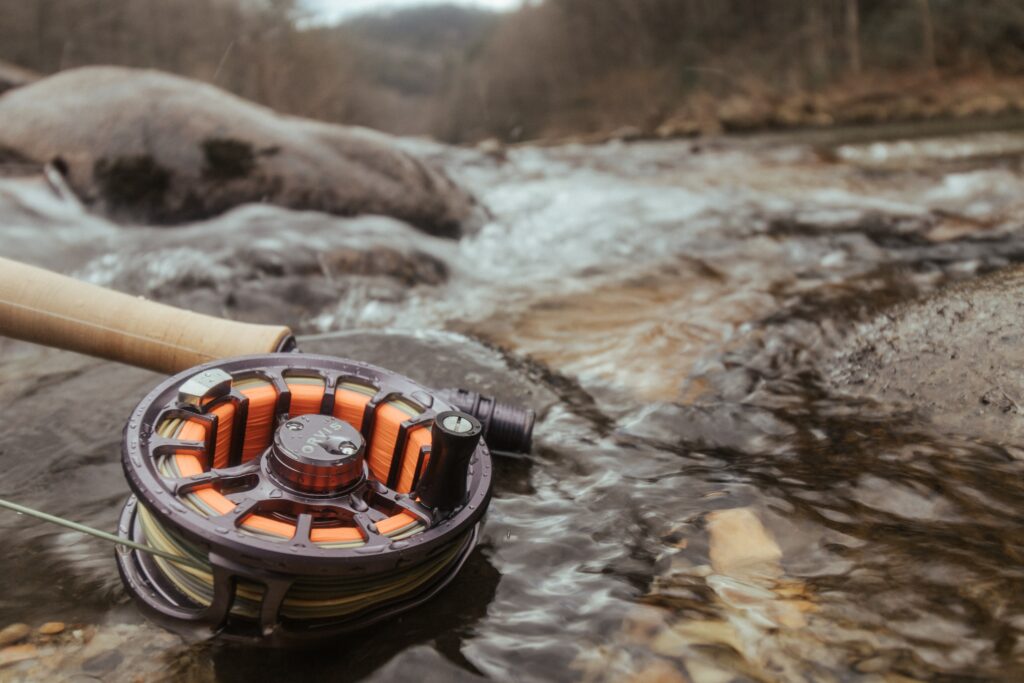
Understanding the effect of rain on fish behavior
Grasping the Impact of Rain on Fish Behavior
Rain significantly influences the behavior of fish in different aquatic environments. It can affect water conditions like temperature and visibility, which subsequently impacts the activity of the fish. Major rainfalls can result in temperature fluctuations in the water, contributing to increased amounts of dissolved oxygen in the water which in turn excites fish activity and can make them more prone to biting.
When water cools, certain fish species, such as trout, are stimulated and become more lively. They feel comfortable in fresh, cool waters. On the other hand, species that thrive in warmer waters, like bass, may exhibit less activity and can even transition to a semi-dormant state. This highlights the importance of understanding the types of fish in your chosen fly fishing location and their respective responses to temperature shifts when planning a successful fly fishing trip under rainy conditions.
Increased rainfall can stir up sediments in the water, leading to lower visibility for the fish. This condition can make it trickier for them to identify potential meals. However, this isn’t necessarily a disadvantage for you as an angler. The reduced visibility may shield you from being seen, meaning fish might get less spooked by your movements or the movements above the water surface.
Strategies for Successful Fly Fishing in the Rain
Several strategies can be employed to maximize your chances of a catch during rainfall. One is using larger and darker flies. The reduced visibility often necessitates more conspicuous offerings. Another tip is to consider fishing near riverbanks or shores, as increased water flow can push food sources closer to these areas, attracting fish.
Rainfall may induce changes in water flow and currents. Heavy rain can lead to increased water flow, which may reposition the fish in the water bodies. Fish will often take shelter in slower-moving waters, so targeting these areas may increase the chances of a catch.
Most Active Fish Types During Different Rainfall Situations
Different fish species have their unique behavioral changes during the rain. Bass, for instance, are known to become more active and aggressive during light to moderate rain. They usually stay close to the shore and are likely to bite during these conditions.
On the other hand, trout tend to become more active during or immediately after a heavy downpour. A lot of terrestrial insects get washed into the river during heavy rains, contributing to an increase in the feeding activity of trout. Fly fishers can take advantage of this by using the appropriate bait to mimic these insects.
Fly Fishing in Rain: An Unexpected Opportunity
Rainfall, though perhaps counterintuitive, can in fact open up unique ways to engage in fly fishing. By understanding the impact of rain on fish behavior and water conditions, anglers can modify their strategies accordingly, possibly increasing their chances of reeling in a hearty catch during their outing.
For example, raindrops hitting the surface may make it more difficult for trout to distinguish a floating dry fly from the surface disturbances the rain creates. Therefore, due to the changes in the water’s surface while it’s raining, dry flies are probably not going to produce many bites. Cloudiness caused by increased sediment in the water from rain may also lead to decreased vision for the trout. A solution to this would be to fish streamers or leeches which are usually bigger than other flies and may be more easily seen by the fishing in cloudy conditions.
No matter what strategies you employ while fly fishing in the rain, be creative and patient. Don’t give up and use the opportunity to hone your fly fishing skills in this new (and often avoided) environment. If you learn successful techniques to catch trout in the rain, you may find yourself with abundant opportunities to fish all alone on your favorite water.
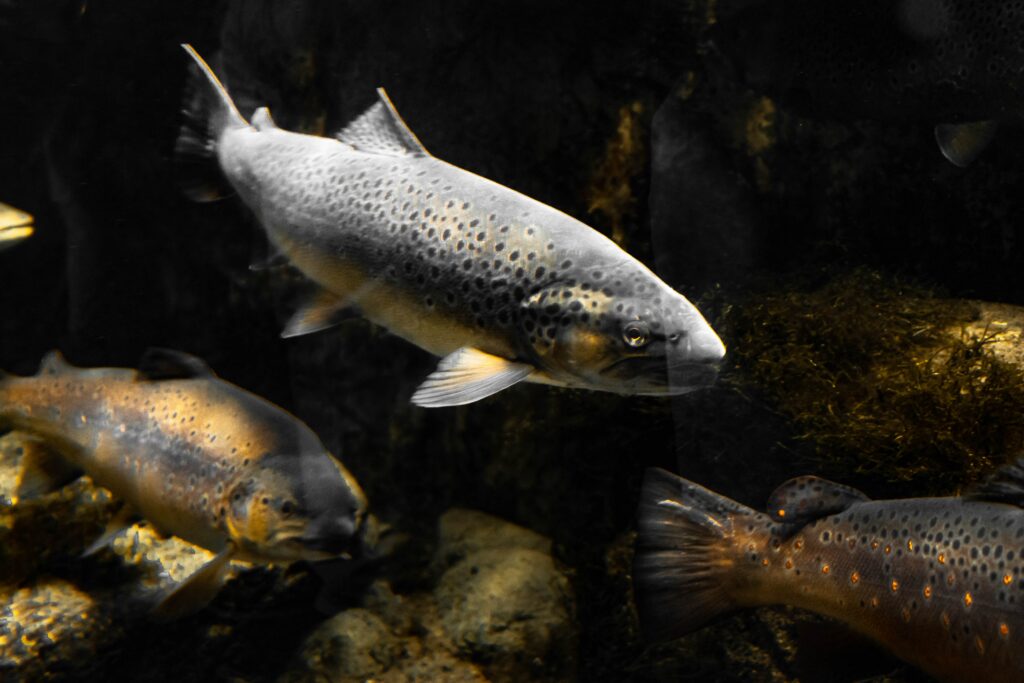
Safety considerations for fly fishing in the rain
Precautions: Navigating Risks Associated with Rainy Conditions
Fly fishing in the rain comes with its own set of safety considerations that should not be overlooked. Key among these is being cognizant of fluctuating river conditions that can suddenly render a seemingly harmless situation hazardous. Rapidly rising river levels brought on by rain can intensify water flow, complicating and endangering the process of wading. It’s critical to stay alert with regard to water conditions and clarity, and should matters take a turn for the worse, it’s best to relocate to safer grounds.
Weather Awareness: Thunderstorms and Lightning
Fly fishing in the rain may seem like a wonderful idea, but it can become extremely dangerous when combined with thunderstorms. Getting caught on a river during a thunderstorm can be perilous due to the increased risk of lightning strikes. It is crucial to remember that even light rain can be the precursor to a storm. Hence, always check the weather forecast before you set off on your fly fishing adventure.
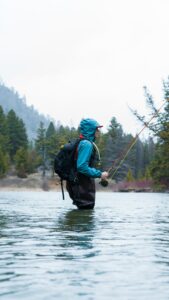 Gear: Essential Equipment for Rainy Conditions
Gear: Essential Equipment for Rainy Conditions
Proper gear is essential for fly fishing in the rain. Waterproof jackets and trousers are critical to keep you dry. Waders should be used but make sure they are safe; cheap or ill-fitting waders can fill with water and become a drowning hazard. Also, use boots with good grip, as rocks can become slippery when wet. High-visibility clothing is also recommended as it can become harder for others to see you in the rain.
Fishing Plans: Inform Others
Always inform someone of your fishing plans before you set off. This includes where you are going, your expected return time, and any changes to the plan. This way, if something goes wrong, rescue teams have a starting point.
Handling Fish: Wet Hands and Nets
The way a fish is handled during catch and release is vital for its survival. During rainy conditions, anglers should prefer barbless hooks as they cause less damage and are easier to remove. It is also crucial that fish should only be handled with wet hands or nets to minimize damage to their skin and slime layer that protects them from infection.
Catch & Release: Best Practices in Rainy Conditions
In heavy rain, the water’s oxygen level can decrease, leaving the fish more stressed. For these reasons, fish should be kept in the water as much as possible when captured. Don’t keep the fish out of the water longer than you can keep your breath. Also, reducing handling time and quickly releasing the fish helps it recover better. Furthermore, proper handling of fishing lines is also advised in wet conditions to prevent line tangling and fish injuries.
The Bottom Line: Safety First
With these considerations, fly fishing in the rain can be a fruitful and thrilling experience. Remember, your safety is the most important. Enjoy the fishing, but always keep these precautions in mind. Whether it’s checking the weather, wearing appropriate gear, carefully handling the fish, or informing others of your plans, make sure every step is taken with plenty of caution in mind to ensure a safe and enjoyable fishing experience.
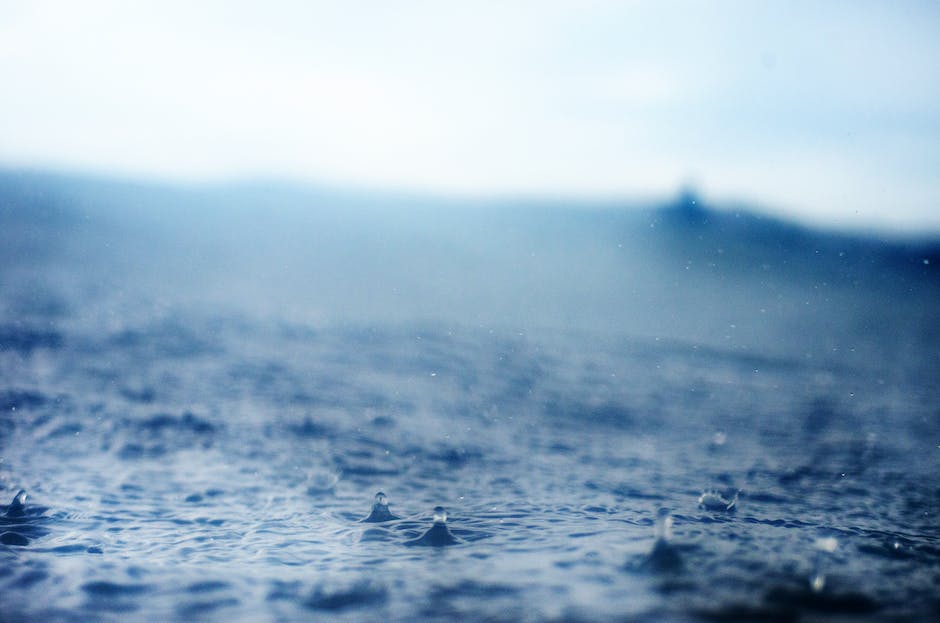
The pleasure and thrill that fly fishing in the rain holds are truly unparalleled, merging the raw power of the natural elements with the artful mastery of angling. The amalgamation of the right gear, insight into fish behavior in rain, and crucial safety precautions can elevate this challenging experience to new highs. Whether you are an experienced angler chasing a new thrill or a novice entranced by the romance of rain-swept waters, knowing how to navigate these circumstances will enrich your overall fly fishing adventure.
Happy Fly Fishing in the Rain!
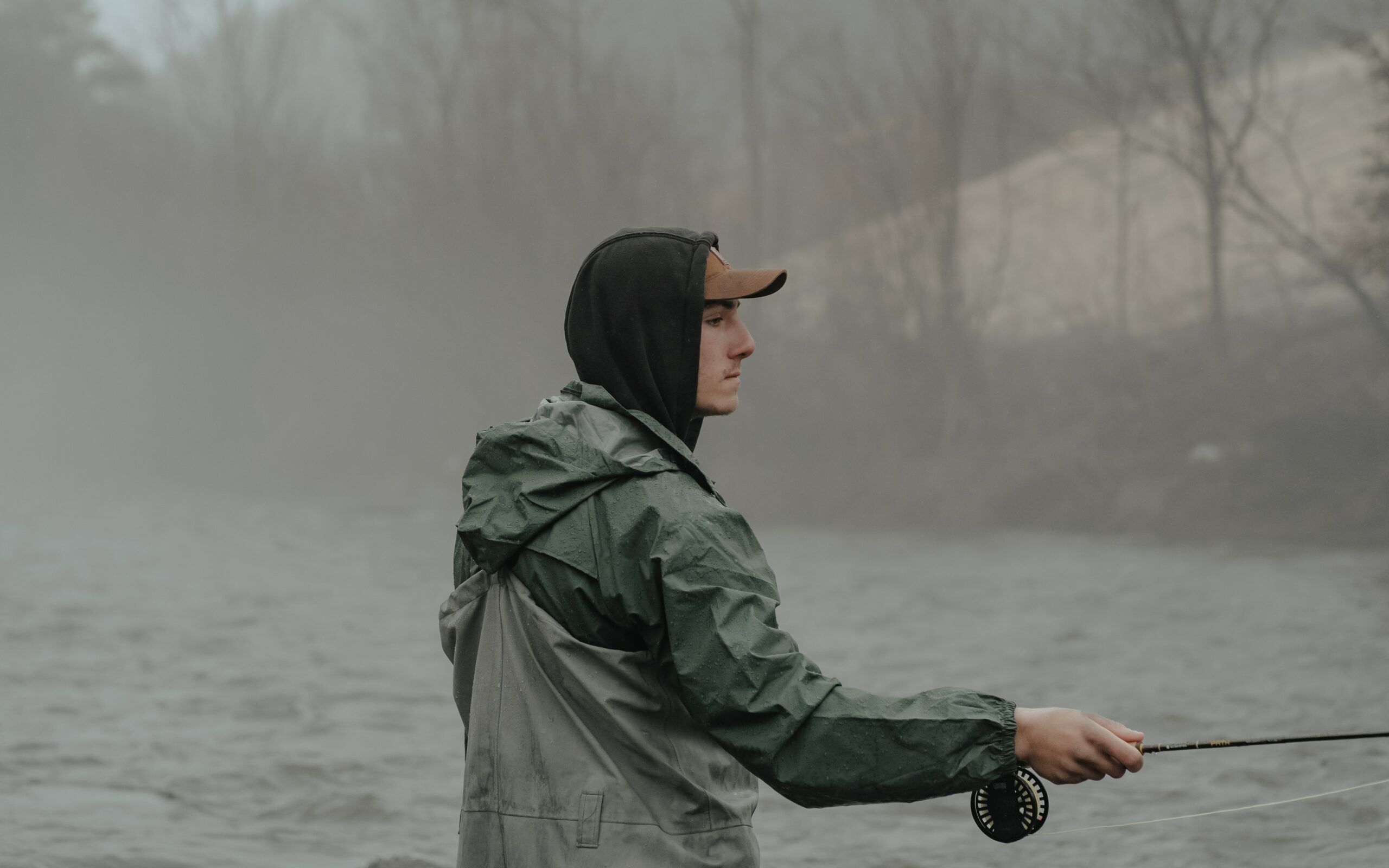
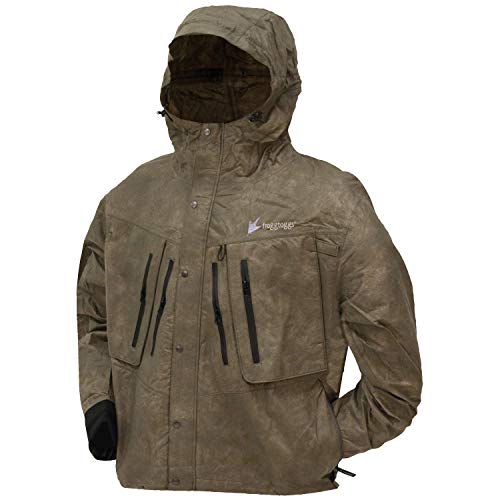










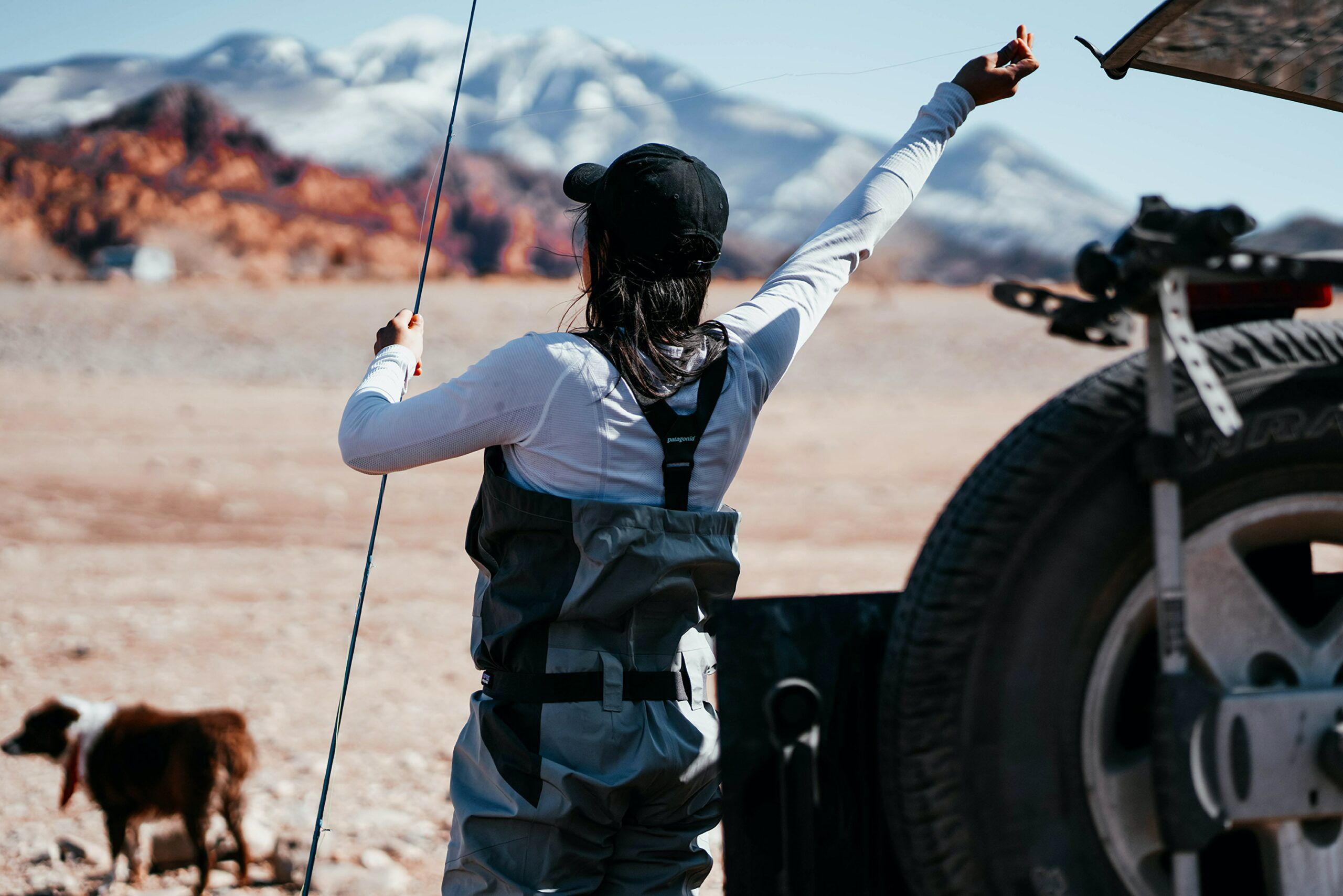
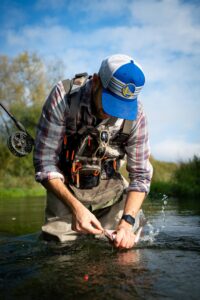 The primary advantage of PVC waders is their exceptional waterproofing ability. PVC is inherently resistant to water, which means it acts as a reliable barrier against moisture. The tightly woven or coated PVC fabric repels water, preventing it from seeping through and reaching your skin. This ensures that you stay dry and comfortable even when wading through deep waters or in rainy conditions.
The primary advantage of PVC waders is their exceptional waterproofing ability. PVC is inherently resistant to water, which means it acts as a reliable barrier against moisture. The tightly woven or coated PVC fabric repels water, preventing it from seeping through and reaching your skin. This ensures that you stay dry and comfortable even when wading through deep waters or in rainy conditions.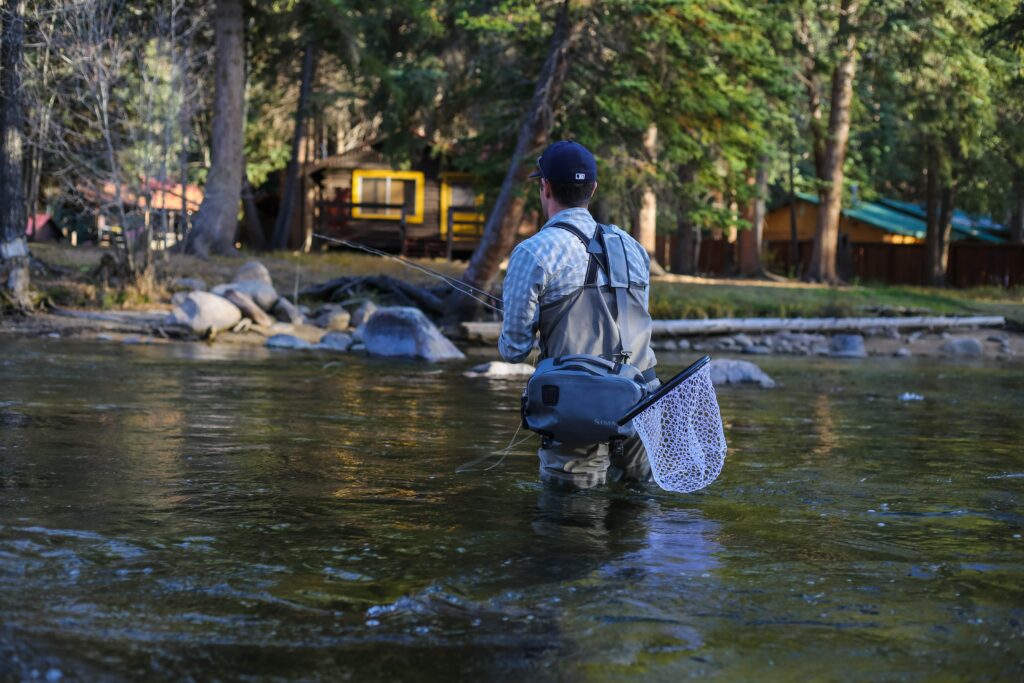
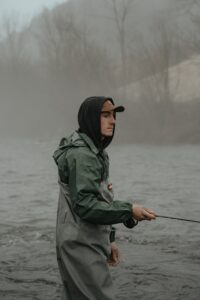 Size and Fit
Size and Fit

